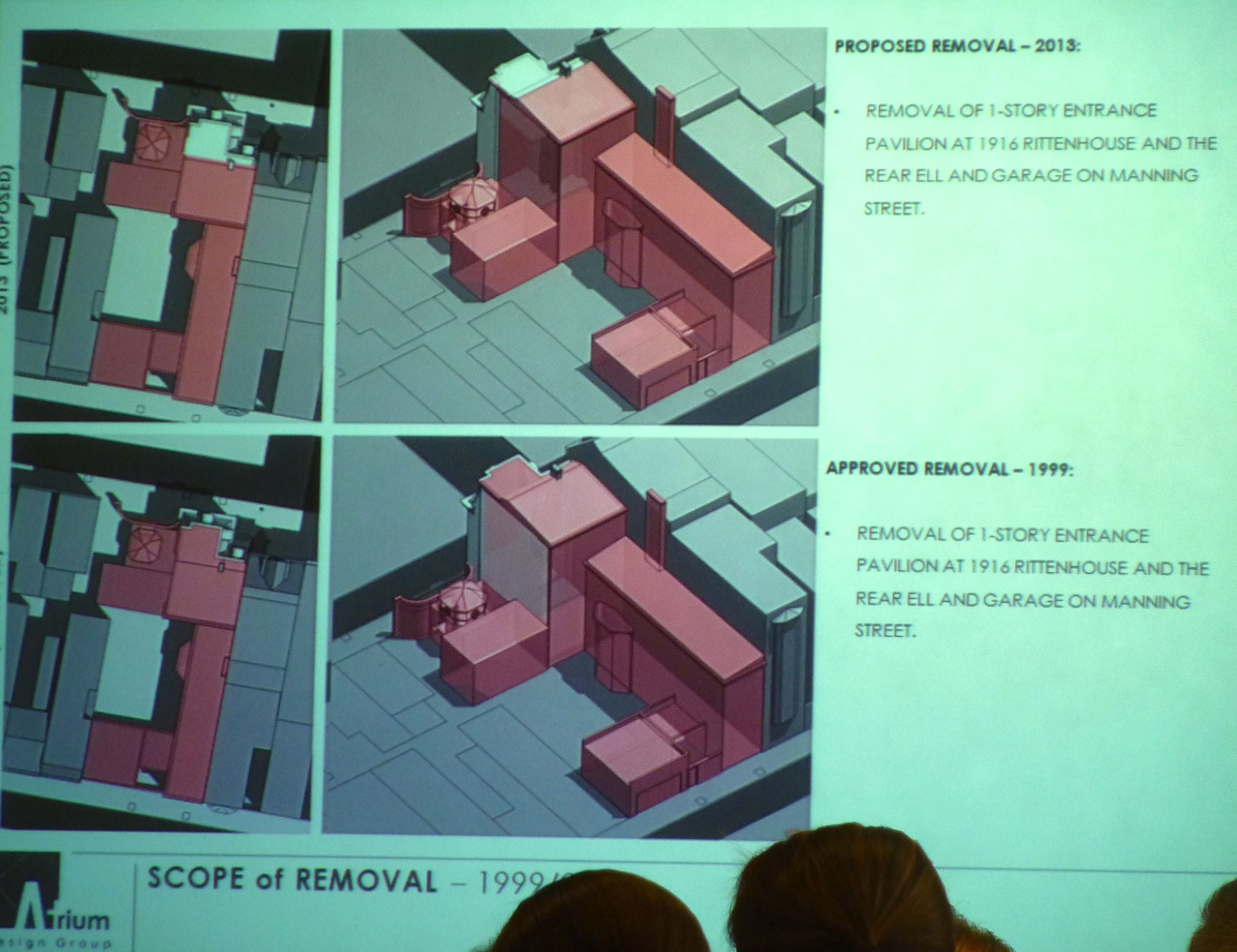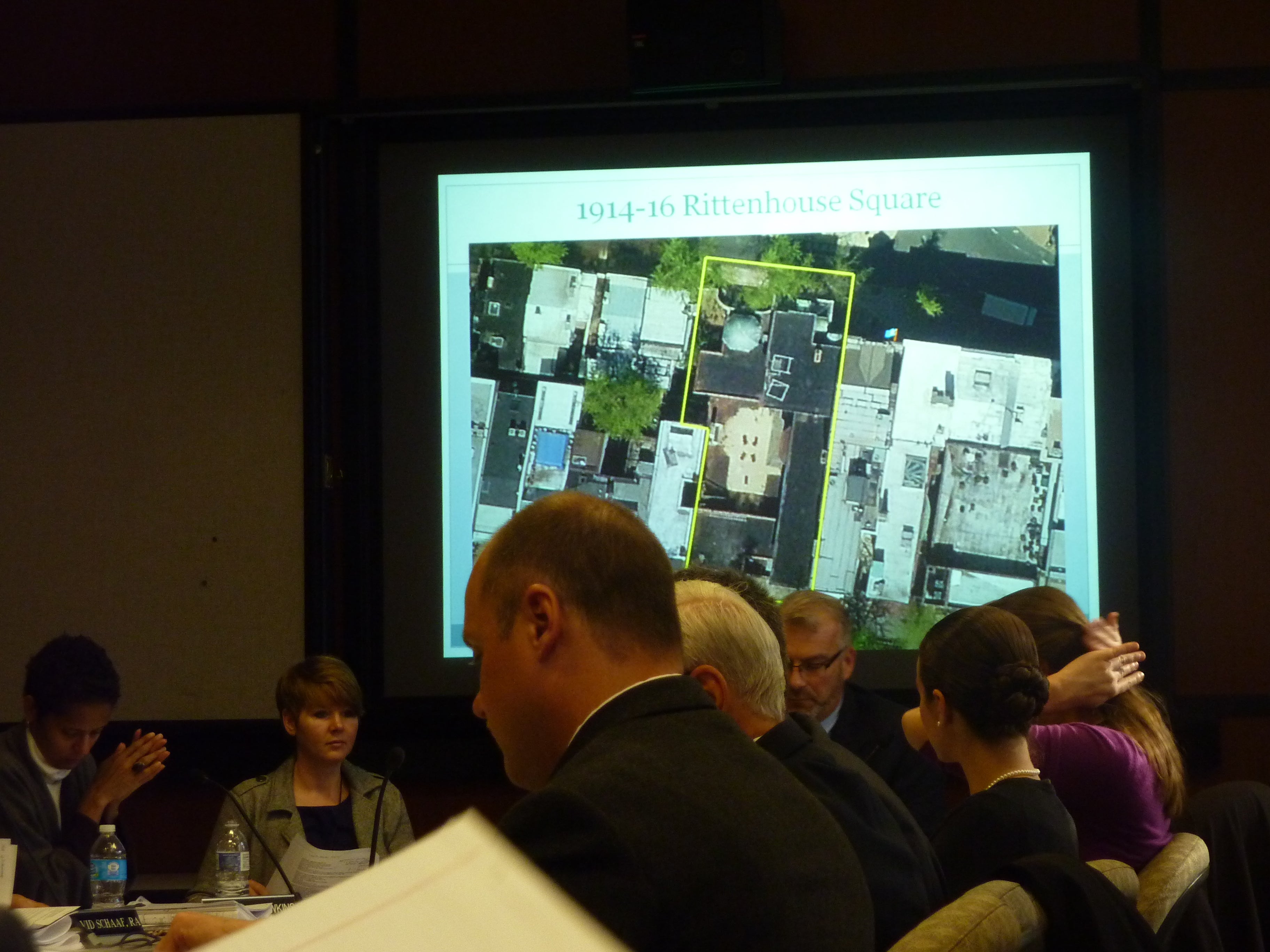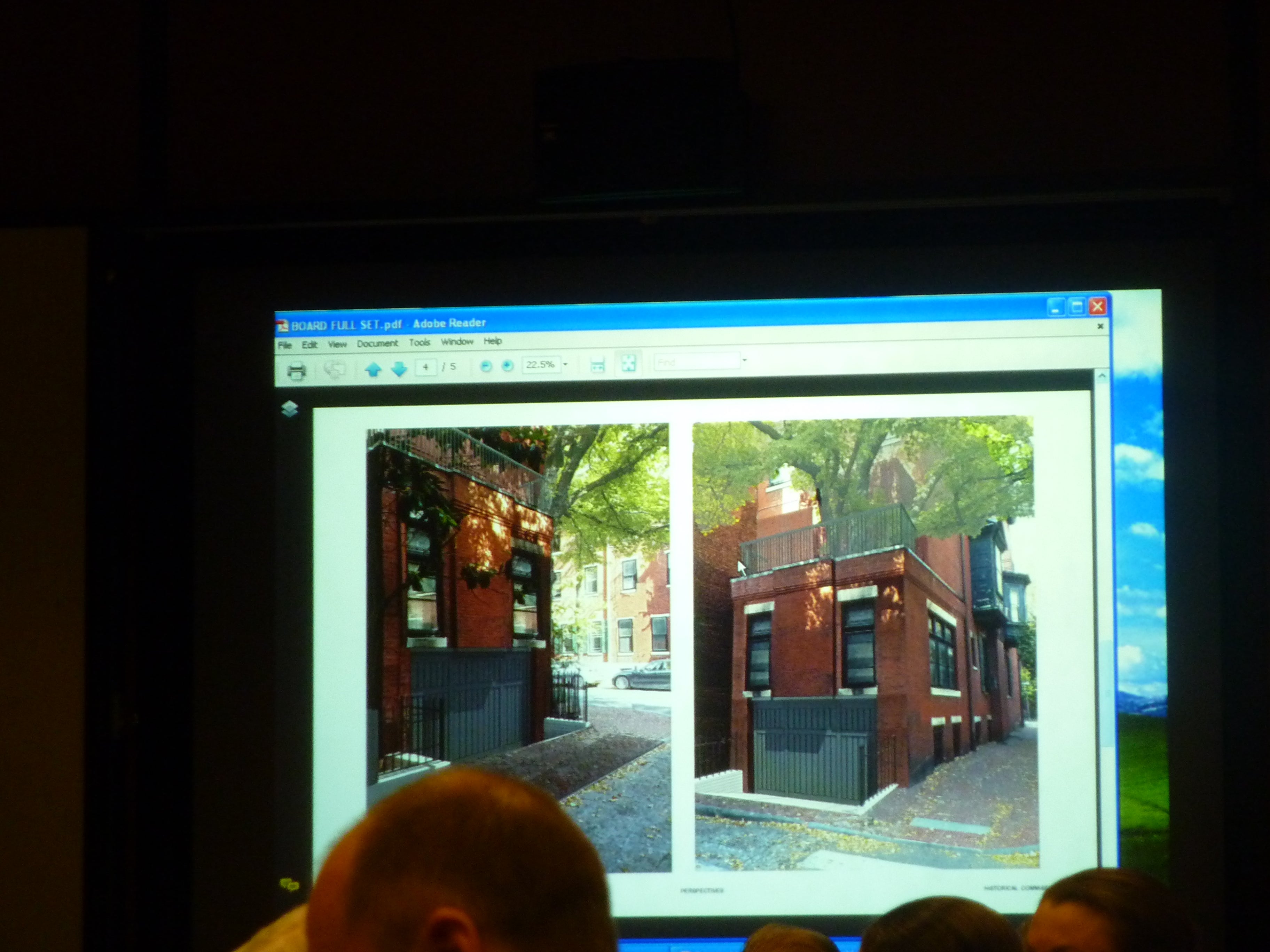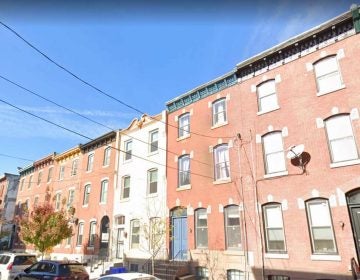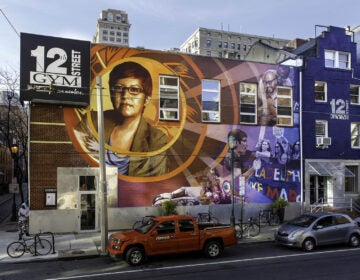Blatstein wins Historical Commission approval on mansion renovations

The Philadelphia Historical Commission on Friday granted conceptual approval to an application from developer Bart Blatstein to remove parts of a Rittenhouse Square estate (the so-called McIlhenny Mansion) and to build an addition.
It also advanced final approval to the insertion of a garage into another house in the same district, prominently situated at the corner of 18th St. and Delancey Place.
Although Blatstein’s proposal took up the great bulk of the meeting and has garnered a lot of attention, in reality, the Delancey Place work seemed the most significant. While the applicant’s attorney, Leonard Reuter, presented a case that convinced most commissioners (commissioners David Schaaf and Robert Thomas recused themselves) of its subtlety — even commissioner Dominique Hawkins conceded that the architect’s solution offered a “sensitive design to a geometric challenge” — no one questioned why a garage was necessary at all — especially in the face of a new zoning code that expressly discourages them.
Reuter pointed out that the rear space to be used for parking had once “likely” been a stable, that other houses on Panama St. now have garages, and that the owners intended to change the use of the house from one serving multiple tenants into a single family home, thereby potentially removing several cars off of the street.
In signaling their approval (with the lone ‘no’ coming from Hawkins), commissioners requested that additional courses of brickwork be inserted between the bottom of the first floor windowsills and the top of the new garage, which will slope underground and necessitate the removal of some basement windows.
The Blatstein case was considered from two vantages: whether the changes he was requesting were merely “alterations” or if they constituted “demolition” of historic fabric; and whether the design of the new building is compatible with the overall historic district.
Blatstein was present with a coterie of dark-suiited men, but remained silent through the testimony.
Attorney Carl Primavera and several architects laid a groundwork that suggested that the proposed changes echoed and, in some cases, were less impactful than those that had been approved by the Commission in 1999, at the request of a former owner. The argument then, as now, rests on the fact that much of the material to be removed was only added on during subsequent renovations to the 1850s structure.
At the suggestion of newly-bearded chair Sam Sherman and led by an assessment from co-chair Sara Merriman, commissioners moved fairly quickly, again with the exception of Hawkins, to agree with this take. Thomas, who served on the 1999 Commission, said that after “many, many” meetings and several legislative appeals, a “decision [to allow the alterations] was made” and he didn’t see anything in the current proposal that caused him to reconsider that decision. Hawkins, though, retorted that she wanted to “offer another opinion, which I always seem to do. . . . I think we have to review every property on its own merits.”
When the discussion turned to the design of the new building, architects walked through some of its features and commissioners posed a few questions. Schaaf asked that the new building’s brownstone surrounds be echoed in the new structure (instead of limestone as planned) and Merriman suggested the architects consider increasing the amount of glazing by enlarging the window openings. Hawkins advanced a motion to approve the design in concept and it unanimously passed.
In other brief cases, the Commission granted unanimous final approval to the installation of a ramp and door surrounds to bring the individually designated Chestnut Hill’s St. Martin-in-the-Fields Episcopal Church into ADA compliance and to allow the installation of a neon sign to a Mexican restaurant on 15th Street in the Rittenhouse Fitler historic district, both with staff to review details. In the absence of any applicants and following the Architectural Committee’s recommendation, the Commission unanimously denied the legalization of a sign erected by a Chinese restaurant located in the individually-designated Corn Exchange Building in the Old City historic district.
WHYY is your source for fact-based, in-depth journalism and information. As a nonprofit organization, we rely on financial support from readers like you. Please give today.



